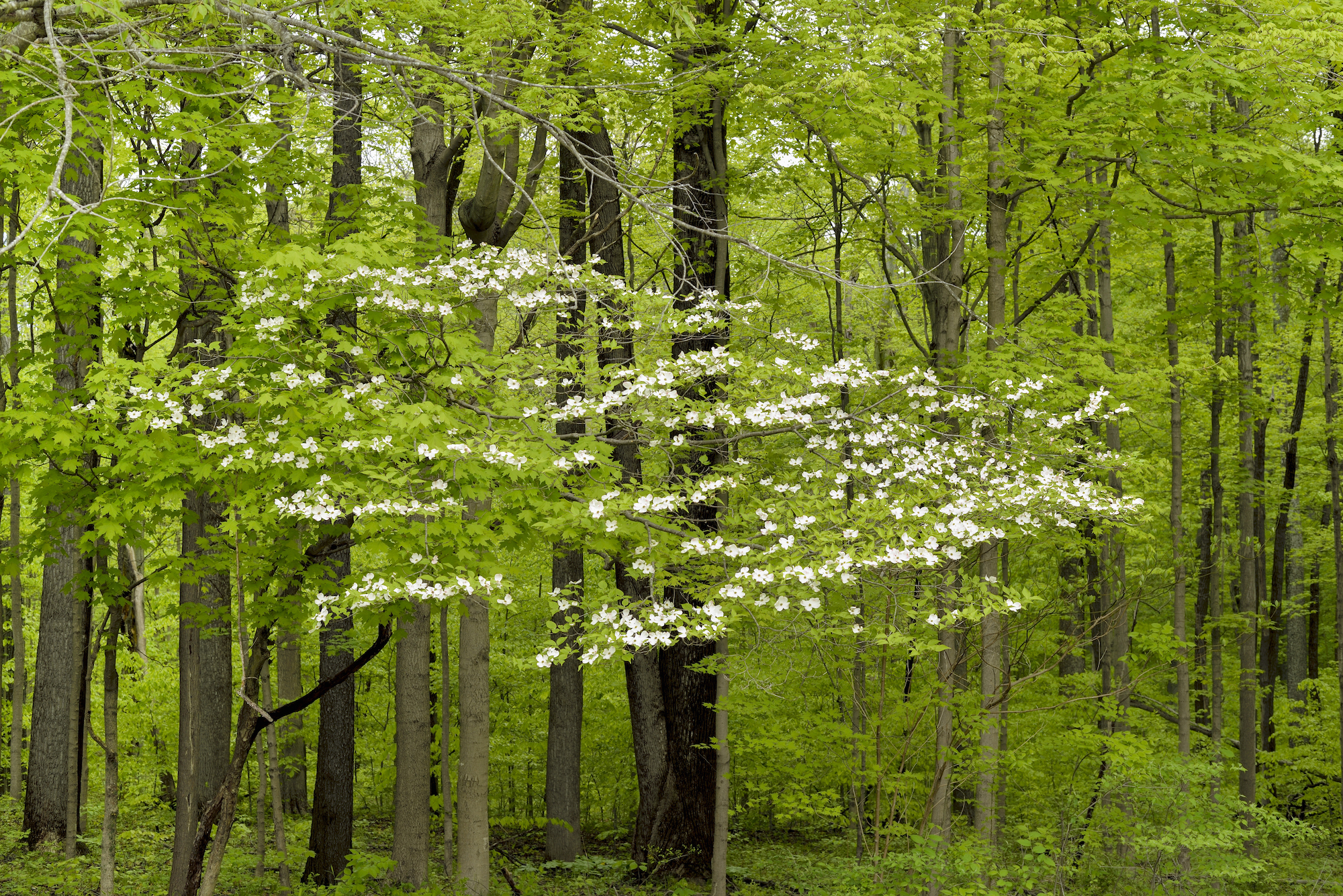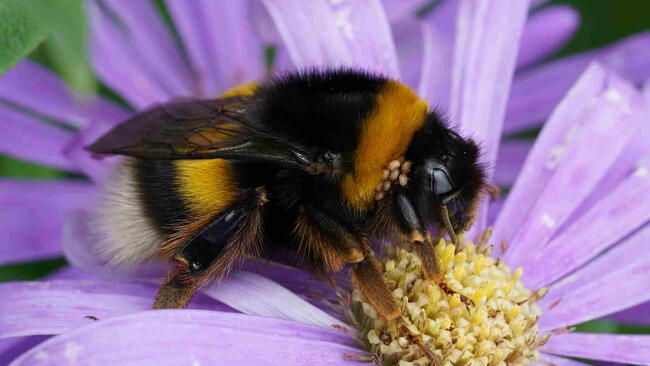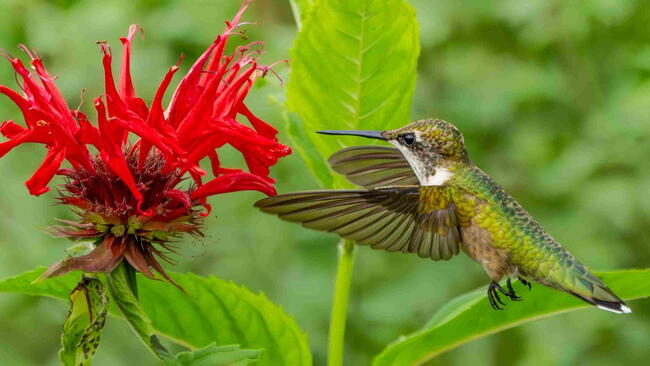
Discover how to plant, grow, and care for dogwoods—the iconic flowering tree with spring blooms, summer foliage, and vibrant fall berries.
Read Next
Types
There are nearly 100 cultivars of flowering dogwood.
- ‘Appalachian Joy’ is a white-flowering dogwood for those who have trouble getting dogwood to grow. It is less picky and more problem-resistant than some other varieties.
- C. florida rubra is a classic flowering dogwood with pink flowers and red fall foliage. ‘Cherokee Chief’ is a ruby-red flowering variety with deep burgundy fall foliage.

- Dogwoods are susceptible to disease and insect problems. So, if this is your fear, look to the Rutgers University ‘Rutgan’ varieties, which are hybrids very resistant to dogwood borer and dogwood anthracnose. Most flower a little later in the spring (a week or two) than average.
- Stellar Pink Dogwood (Cornus x ‘Rutgan’) is a low-branching tree with large, rounded 3- to 5-inch flowers with a profuse bloom.
- Aurora Dogwood (Cornus x ‘Rutban’) bears velvety white flowers 3 to 4 inches in diameter. They are so dense at peak bloom that they nearly cover the foliage.
Gardening Products
More Like This
Hi Nancy,
There are many dogwood varieties that have beautiful red foliage in the fall. Some are more red, while others are more burgundy and purple. Flowering dogwood, Kousa dogwood, and common dogwood are some of the more well-known varieties that offer red foliage in the fall, but pagoda dogwood and gray dogwood are also good choices. It is important, since growing zones vary for varieties, to make sure that is acceptable to plant a specific variety in your area. Another dogwood, redtwig, is also worth checking out as it has vivid red stems in winter and adds a wonderful pop of color at a time when we could all use some.
Hope this helps!
Hi Elvira,
Sorry to hear about your dogwood not flowering. Dogwoods typically grow at the edge of forests, so they spend half the day in the Sun and the other half in shade, but from your description it sounds like those are the conditions your dogwood is growing in.
If your dogwood is planted close to your lawn, which you then use fertilizers on, it could be an issue with too much nitrogen. Nitrogen is great for leaf growth, but it can cause your dogwood to not flower. If that is the case, stop using lawn fertilizer in that area of your lawn, opting instead to use a balanced fertilizer.
Drought or poor drainage can also be a factor, but since you said that you water it when you care for your flowers it might be receiving too much water. Water logged roots can adversely affect a dogwood's growth. It is best to give it about 1 inch a week (including rainfall) for its first half dozen years.
It should also be mentioned that pruning a dogwood should only be done immediately after bloom time because pruning later in the season can remove immature buds.
And, it could also be an issue with disease or environmental stressors leading to your dogwood not blooming.
Hope this helps!












Comments